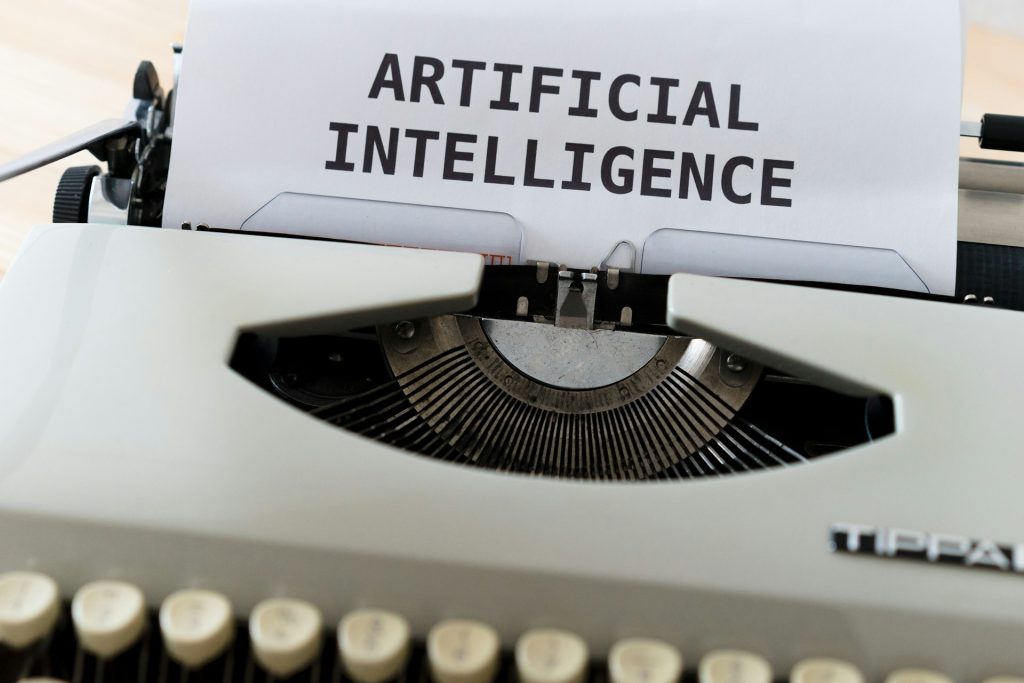In the realm of advertising, the emergence of artificial intelligence (AI) marks a significant paradigm shift. This technological evolution is not just altering the landscape; it’s rewriting the rules of the game. For professionals steeped in traditional advertising methodologies, the introduction of AI-driven copywriting represents a transformative journey. This journey is not about replacing human creativity but augmenting it with unprecedented efficiency and insight. As we delve into this new era, it’s crucial to understand how AI is reshaping the way we conceive, create, and deploy advertising content. This exploration is not just about grasping a technological trend; it’s about unlocking a new realm of possibilities in the art of persuasion and connection.
Advanced AI Technologies in Copywriting
The landscape of AI in copywriting is rich with advanced technologies, primarily hinged on Natural Language Processing (NLP) and machine learning. These sophisticated tools have revolutionized how advertising content is crafted. NLP enables machines to understand, interpret, and manipulate human language, offering a level of content personalization previously unattainable. Machine learning, on the other hand, allows AI systems to learn from data patterns, enhancing their ability to generate relevant and engaging content.
This technological leap means that AI can now analyze extensive datasets to identify trends and preferences, tailoring messages that resonate deeply with target audiences. It’s not just about producing content at an incredible pace; it’s about delivering precision-crafted messages that strike the right chord with consumers. AI’s ability to sift through vast amounts of data for insights also helps in predicting consumer behavior, enabling advertisers to stay ahead of trends and craft proactive strategies. The result is a dynamic, data-driven approach that transforms how we think about and execute advertising campaigns.
Enhancing Creativity and Strategy with AI
The integration of AI in advertising is not a tale of machines overshadowing human creativity; rather, it’s a story of synergy. AI’s computational power complements the creative minds of advertising professionals, leading to innovative and strategic content creation. This collaboration unlocks new avenues of creativity, where AI’s analytical prowess meets human intuition and experience.
AI excels in processing and analyzing data at a scale unfeasible for humans, providing valuable insights that inform creative strategies. For instance, AI can identify emerging trends and patterns in consumer behavior, enabling advertisers to tailor their messaging more effectively. This data-driven approach ensures that creative efforts are not based on guesswork but on solid, actionable insights.
Moreover, AI aids in refining messaging for different platforms and audiences, ensuring that each piece of content is optimized for maximum impact. The result is a more targeted and effective advertising strategy that leverages the best of both worlds: the irreplaceable human touch in creative conception and the unparalleled efficiency of AI in data analysis and optimization.
Navigating the Challenges
Despite its many advantages, AI in copywriting is not without challenges. One significant hurdle is AI’s current limitation in fully grasping the nuances and contextual subtleties of human language. While AI can generate content quickly and in large quantities, it sometimes struggles with understanding context, sarcasm, and cultural nuances, which are crucial in advertising to create a genuine connection with the audience.
Additionally, the use of AI in advertising raises ethical considerations, particularly concerning transparency and authenticity. There is a fine line between personalized content and privacy infringement, and it’s essential for advertisers to navigate this landscape responsibly. Potential biases in AI-generated content, stemming from the data it’s trained on, also pose a risk. It’s crucial for advertising professionals to monitor and correct these biases to ensure that the content is not only effective but also fair and inclusive.
Overcoming these challenges involves a combination of technological advancement and thoughtful human oversight. By acknowledging and addressing these issues, advertising professionals can harness AI’s power responsibly and effectively, ensuring that the content remains both innovative and ethically sound.
Integrating AI into Advertising Teams
The successful integration of AI into advertising teams hinges on strategic planning and skill development. It’s not about replacing human talent but enhancing it with AI’s capabilities. To achieve this, advertising professionals must develop a keen understanding of how AI tools work and their potential applications in creating and optimizing content.
One key strategy is fostering a collaborative environment where AI tools are seen as assistants rather than replacements. This involves training teams to use AI for tasks like data analysis, trend prediction, and initial content generation, while relying on human expertise for creative direction, final editing, and contextual fine-tuning.
Additionally, professionals need to cultivate skills that complement AI’s strengths. This includes data literacy, understanding AI capabilities and limitations, and maintaining a strong grasp of creative and strategic thinking. By equipping themselves with these skills, advertising professionals can ensure that AI integration is not just seamless but also significantly amplifies the team’s overall creativity and efficiency.
Embracing AI in this manner allows advertising teams to stay ahead in a rapidly evolving digital landscape, ensuring that their campaigns are not only innovative and data-driven but also retain the essential human touch that connects with audiences.
AI in copywriting is not just a fleeting trend; it’s a transformative force reshaping the advertising industry. This evolution brings with it a blend of challenges and opportunities. For advertising professionals, the key lies in embracing AI as a powerful ally – a tool that enhances creativity, informs strategy, and elevates content. As we look towards the future, the integration of AI in advertising promises a landscape where data-driven insights and human creativity coalesce to create more impactful, personalized, and effective campaigns. The journey ahead is exciting, urging us to adapt, learn, and innovate. By doing so, we can harness the full potential of AI in advertising, staying at the forefront of this dynamic and ever-evolving field.





